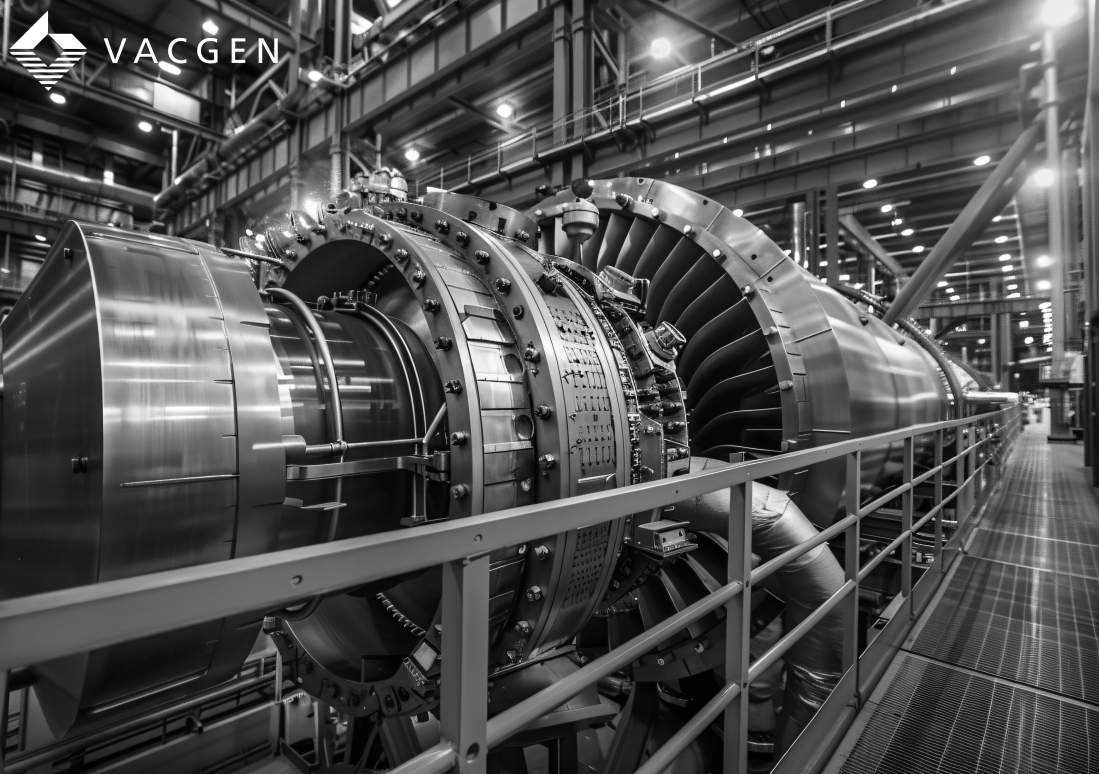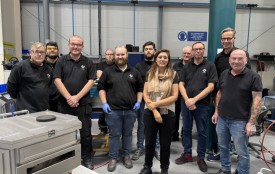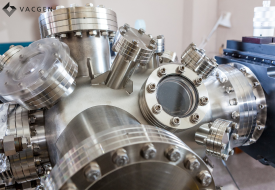Nuclear fission and nuclear fusion represent two fundamental processes for harnessing atomic energy, both of which rely on specific technologies to manage and sustain reactions. Although their mechanisms and requirements are different, both fission and fusion reactors can benefit from vacuum components in critical areas. Let’s explore how these components are used.
Nuclear Fusion: Key Concepts and Vacuum Components
Fusion reactors, such as tokamaks or stellarators, require an ultra-clean, high-vacuum environment for plasma confinement, making vacuum components critical for successful operation.
Vacuum Chambers: The heart of a fusion reactor is its vacuum chamber, designed to maintain near-perfect vacuum conditions to prevent contamination of the plasma. Any gas or particles present could disrupt the fusion process or cool down the plasma, halting the reaction.
Linear Feedthroughs:Linear feedthroughs allow external control of mechanisms within the vacuum chamber without breaking the vacuum seal. These components are vital for introducing or manipulating equipment, such as temperature measuring devices, in the reactor without compromising the high-vacuum environment.
All-metal Angle Valves:These valves are widely used in fusion reactors to isolate different sections of the vacuum system. Their all-metal construction ensures that they can withstand the extreme conditions within a fusion reactor, including the high temperatures and radiation levels.
Gauges: The gauges used to measure the vacuum levels within the fission target and control the operation of valves and pumps consist of three principal types, thermal conductivity, ionisation, and partial pressure. All gauges shall be non-particulate generating when operating.
Flanges: Because they are subject to elevated radiation and/or temperature levels, all vacuum flanges shall be constructed of stainless steel and designed for metal seal application.
Seals:Metal seals shall be utilized in areas subject to elevated radiation levels and temperatures. They shall be constructed of Oxygen-Free High-Conductivity (OHFC) copper or aluminium. All seals are for a single application only.
Bellows: All bellows utilized in the fission target area where the radiation field is very high shall be constructed of Inconel. Both forming or welded construction are acceptable.
Nuclear Fission: Key Concepts and Vacuum Components
Although fission reactors operate in dense mediums like gas, liquid, or solid environments, vacuum components still play a crucial role in specific areas of the process.
Uranium Enrichment Valves: One of the most critical areas where vacuum technology is involved in fission reactors is during the uranium enrichment process. To produce reactor-grade uranium enrichment is essential where gas centrifuges separate isotopes of uranium. Here, vacuum valves are crucial to maintaining ultra-low pressures and ensuring the purity of uranium gas as it is processes. Uranium enrichment valves are designed to operate in high-vacuum environments, preventing contamination and controlling the flow of enriched uranium.
Vacuum Chambers:Used in neutron detectors, which are essential for monitoring the nuclear reaction within reactors. Vacuum conditions isolate sensors from external factors and environmental interference, ensuring accurate readings.
Spent Fuel Processing: Vacuum systems are also employed when handling and reprocessing spent nuclear fuel. A vacuum prevents the release of harmful radioactive materials during the process, helping ensure safety and contamination control.
While vacuum technology is not critical to the core reaction of fission, it serves as a vital support element in uranium processing, neutron detection, and fuel processing systems.
Conclusion
Both nuclear fission and fusion present distinct requirements for requirements for vacuum components, tailored to their specific processes.
Fission reactors utilize vacuum technology primarily in uranium enrichment, neutron detection, and fuel reprocessing, although vacuum conditions are not essential for the core reaction.
Fusion reactors, by contract, rely heavily on vacuum chambers, pumps, insulation, and other components to create and sustain the high-vacuum environments necessary for plasma confinement and the fusion process itself.
As nuclear technology advances, particularly in fusion research, the role of vacuum components will only become more critical, driving innovation in the design and development of high-performance vacuum systems.








